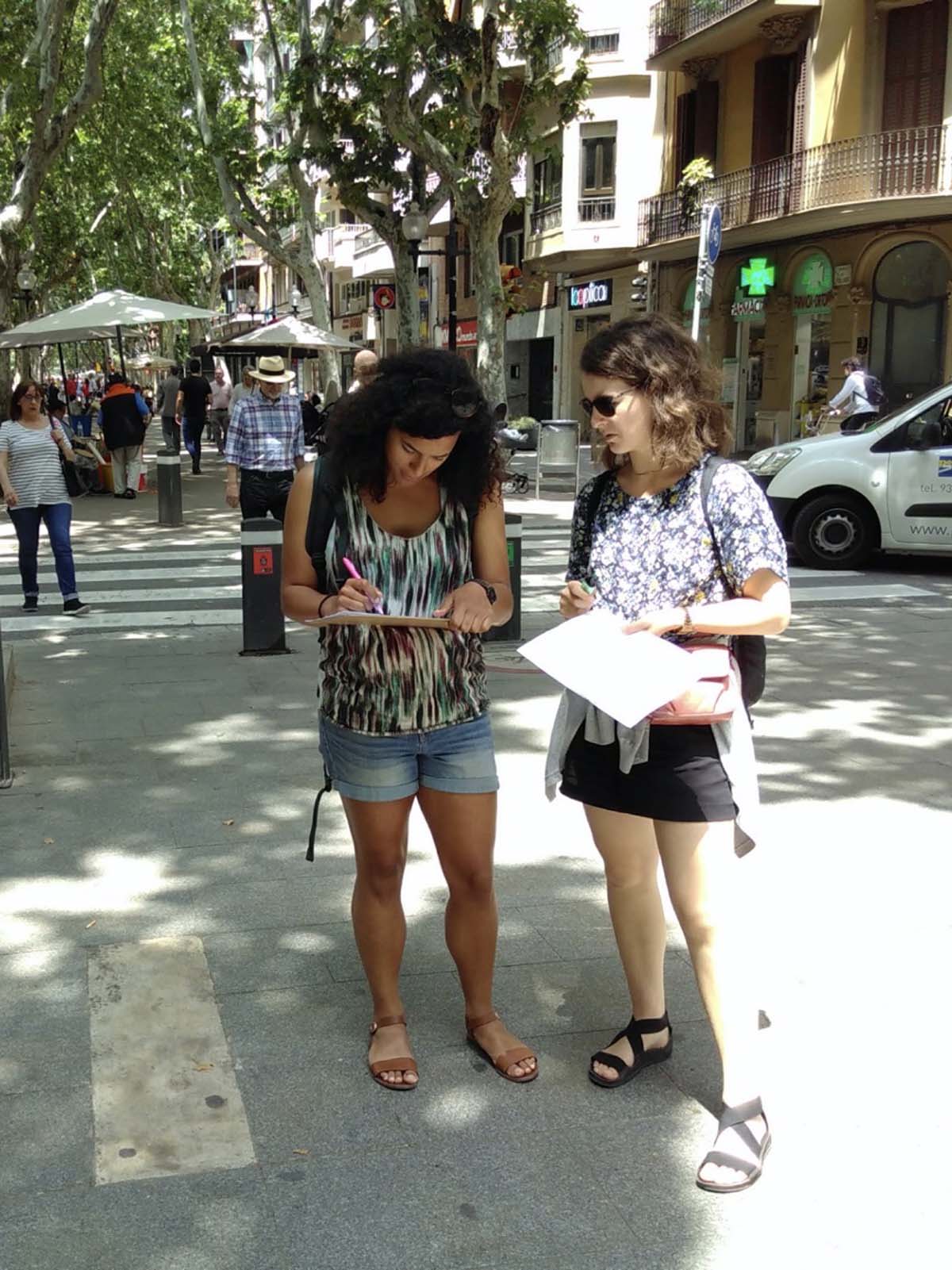What are the impacts of neighbourhood change on the use of public space? What can we learn from observing public life at the same sites, repeatedly, over multiple years? Life in Poblenou is a research project studying long-term changes in use and behaviours at four sites in Poblenou, a neighbourhood of Barcelona. The research project began as an international field studio course in 2018 with graduate students in planning and landscape architecture. We set out to observe public life at four sites in Poblenou: Superilla, Pere IV at Trullas, Rambla Poblenou and the Mar Bella Skatepark. We observed who used these spaces by age, gender, activity and group size. We also counted who was moving through the site: pedestrian traffic as well as bikes. Finally, we developed indicators of social cohesion: do people know each other here? Do they say hello? Kiss? Laugh? Together these indicators illustrate how and who is using these four neighbourhood spaces.
But the Poblenou neighbourhood is changing rapidly. New developments are bringing international residents and rising rents are squeezing out long-time residents. How might these changes reflect pedestrian patterns or use of public space in Poblenou? This project aims to compare data collected in between 2018 and 2022. Our public life observations always take place in the first half of June of each year to ensure comparable climate conditions.




